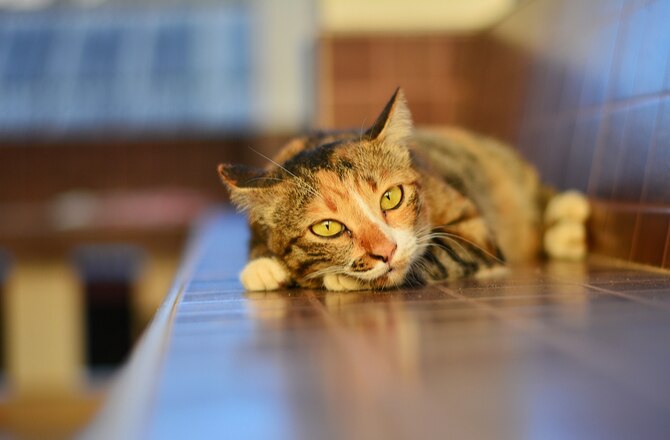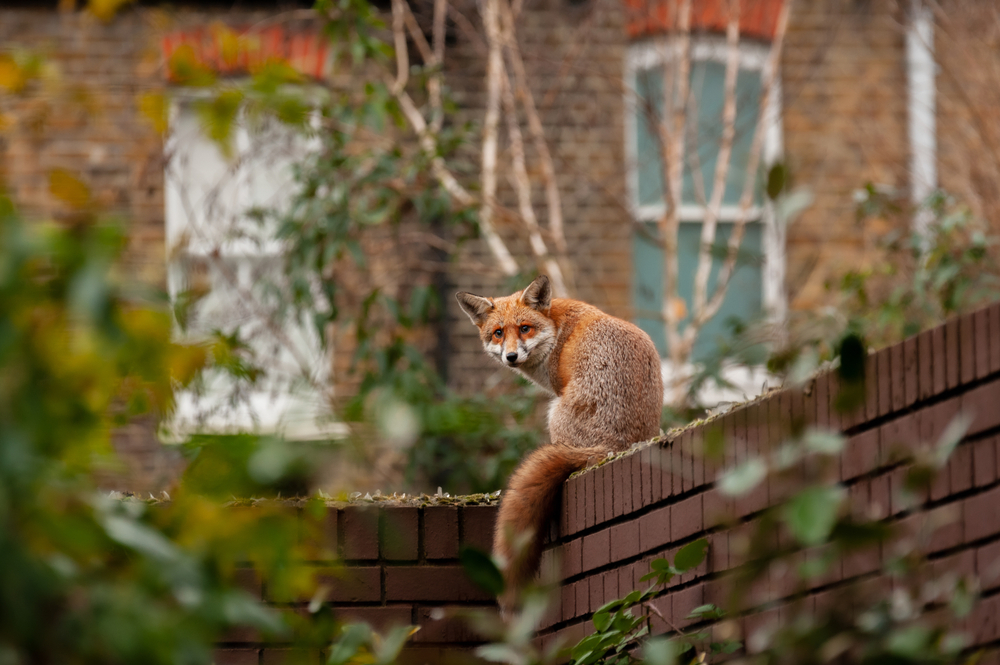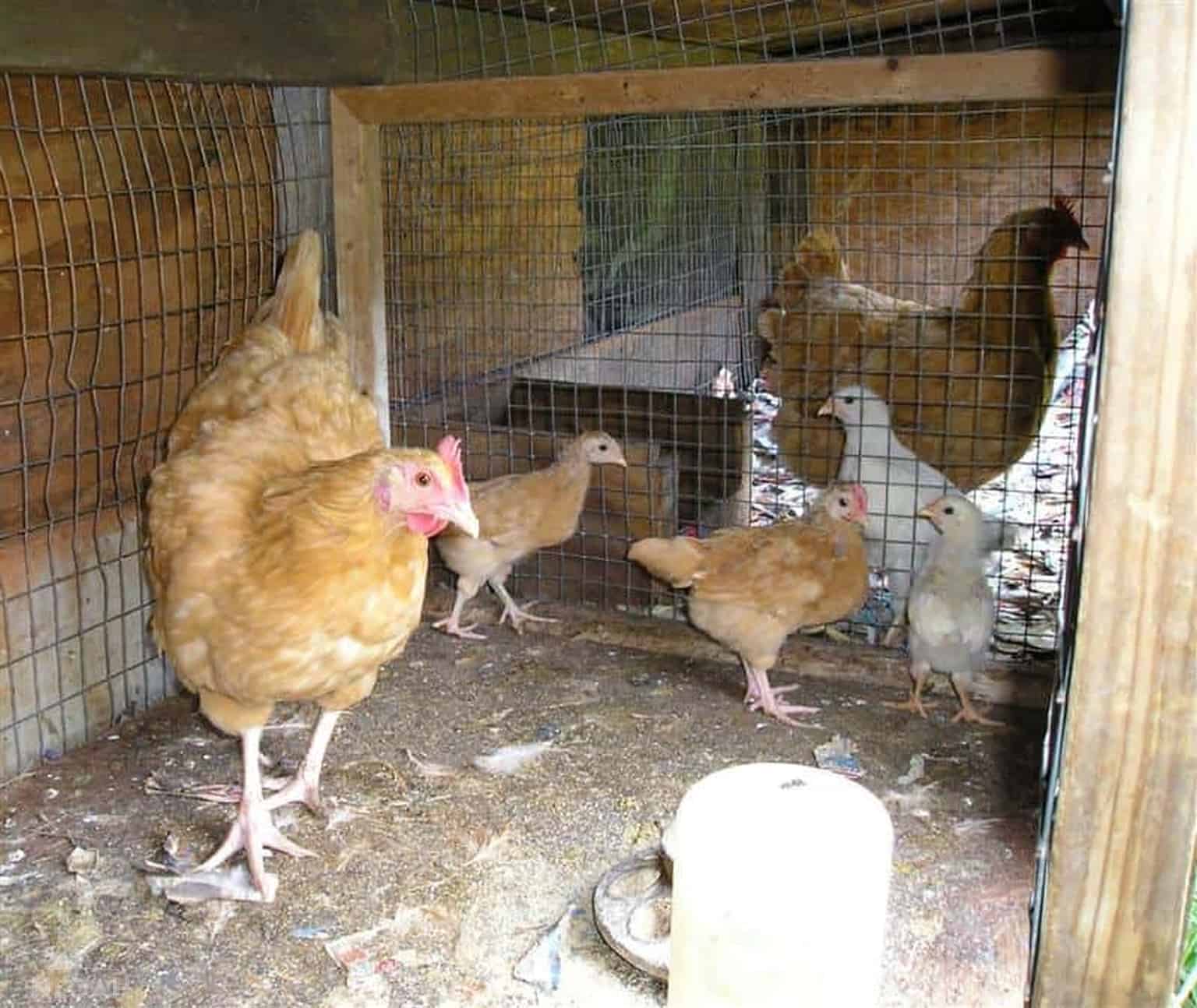Leaving Your Cat Alone 9 Things You Need to Know

Cat owners may find themselves in situations where they need to leave their pets alone. Understanding the factors that determine how long a cat can safely be left unattended is crucial.
Take into account your cat’s age and health when planning for their alone time. Consider all necessary aspects.
This article will delve into the importance of leaving your cat alone, how to get them ready for it, the associated risks, and methods for monitoring them in your absence.
The goal is to prioritize your cat’s well-being during your absence.
Why Do You Need To Leave Your Cat Alone?
Leaving a cat alone is sometimes necessary due to the nature of felines and their independent temperament. Cats, being solitary animals in the wild, are comfortable with solitude for extended periods and can manage well without constant human companionship. They possess an innate ability to entertain themselves, whether through exploring their surroundings, playing with toys, or simply lounging in a sunny spot.
Understanding a cat’s need for alone time is crucial for ensuring their well-being and happiness. Allowing a cat to have moments of solitude respects their natural instincts and provides them with the opportunity to recharge and relax. This independence also nurtures a sense of confidence and self-sufficiency in the feline companion, ultimately strengthening the bond between the cat and its owner.
How Long Can You Leave Your Cat Alone?
The amount of time a cat can be left alone depends on factors such as age, health status, and their familiarity with solitude. Developing a routine that gradually increases the duration of alone time can aid in helping your cat become accustomed to longer periods without your presence.
Young cats typically have higher energy levels and may require more interaction and monitoring, often necessitating shorter intervals of being alone. Conversely, older cats may be more accustomed to being by themselves and can handle longer periods without feeling anxious. Cats with underlying health conditions might need extra attention and shorter durations of alone time.
It is important to monitor your cat’s behavior during brief absences and slowly extend the time as they grow more at ease. Consistency in feeding schedules, play sessions, and providing comfortable resting areas can reassure your cat and foster a sense of security in your absence.
1. Age and Health of Your Cat
The age and health of a cat are important factors in determining the length of time it can be left alone. Young kittens and senior cats typically require more attention and monitoring compared to healthy adult cats.
Kittens have specific needs, like frequent feeding, litter box training, and social interaction, due to their developmental stage. Senior cats, on the other hand, may have age-related health issues, such as arthritis or decreased mobility, necessitating a comfortable and easily accessible environment.
Cats with health conditions require special care and may need medication administration, so having a trusted caregiver or pet sitter is essential. Regular health checks, maintaining a safe environment, and providing age-appropriate care are key for ensuring a cat’s well-being when its owner is not present.
2. Availability of Food and Water
Ensuring the cat has access to fresh food and water is essential when leaving it alone. Establishing a regular feeding schedule and providing sufficient water are vital for the cat’s health and well-being in the owner’s absence.
Setting up automatic feeders can help maintain consistent meal times, ensuring the feline friend receives the nourishment it needs. Investing in a water fountain can encourage the cat to stay hydrated while the owner is away.
Cats are creatures of habit, so having a routine in place for their meals and water intake is key to keeping them healthy and happy. By preemptively addressing their feeding and hydration needs, owners can enjoy peace of mind knowing their cat is well taken care of in their absence.
3. Litter Box Maintenance
Proper maintenance of the litter box is essential for a cat’s comfort and hygiene in your absence. Keeping the litter box clean and easily accessible helps prevent stress and discomfort for your cat while you are away.
Placing multiple litter boxes in different areas of your home can effectively meet your cat’s litter box needs. This setup ensures that your cat always has a nearby option when nature calls.
Establishing a regular cleaning schedule for the litter boxes is crucial to uphold a fresh and appealing environment for your cat. It is important to scoop the litter daily and completely change it every few days to prevent odors and maintain cleanliness.
By maintaining a clean and accessible litter box, you can support your cat’s overall well-being and happiness, even in your absence.
4. Environmental Enrichment
Ensuring your cat is entertained and engaged while you are away involves creating an enriched environment with stimulating toys and safe spaces. Interactive toys, like puzzle feeders or automated laser pointers, can engage your cat’s natural instincts and provide mental stimulation. Additionally, providing cozy areas with hiding spots, such as beds or cat trees, can offer privacy and comfort. Including vertical spaces for climbing and perches for observation can also be beneficial. Introducing scratching posts and tunnels can satisfy your cat’s desire to scratch and explore. Offering a variety of textures and materials in their environment can provide sensory enrichment and contribute to their overall well-being.
How to Prepare Your Cat for Being Left Alone?
Preparing a cat for being left alone involves gradually increasing their alone time, providing familiar scents and sounds, and offering entertainment options to keep them engaged and comfortable during the owner’s absence.
Beginning by establishing a routine where the owner steps out for short periods helps acclimate the cat to being alone. Leaving out the cat’s favorite blankets or bedding creates a cozy spot for them to retreat to. Additionally, leaving a piece of the owner’s worn clothing with their scent can provide a sense of familiarity and security for the cat. Interactive toys, puzzle feeders, or treat-dispensing gadgets can also be effective in keeping the cat mentally stimulated and occupied while the owner is away.
1. Gradually Increase Alone Time
Gradually increasing a cat’s alone time through short intervals helps them adapt to longer periods of solitude and reduces the risk of separation anxiety when the owner is away. This method allows the cat to become more comfortable with being by themselves, fostering a sense of security and self-reliance.
By starting with brief absences and slowly extending the duration, a strong foundation for managing separation anxiety can be laid. Consistency is key in this process; establishing a predictable routine will instill a sense of safety and stability for the cat.
Providing enriching activities and plenty of mental stimulation during their alone time is important to keep them engaged and content.
2. Leave Familiar Scents and Sounds
Utilizing familiar scents, such as unwashed clothes, and soothing sounds, like calming music or a recorded voice, can offer comfort and reassurance to your cat while you are away.
Incorporating these sensory cues can establish a familiar environment that aids in reducing stress and anxiety during your absence. This approach may also help in preventing potential behavioral issues stemming from separation. By creating a space filled with familiar scents and sounds, you can provide your cat with a sense of security and a connection to you even when you are not physically present. Implementing these strategies can support emotional well-being and overall peace of mind for your beloved feline companion.
3. Provide Entertainment
Providing a range of engaging toys and interactive activities can help keep a cat entertained and mentally stimulated while the owner is away. Playtime and enrichment opportunities are important for the well-being of the cat in the owner’s absence.
Setting up a stimulating environment with interactive toys such as feather wands, laser pointers, or puzzle feeders can assist a cat in staying active and engaged. Cats have natural hunting and exploring instincts, so offering toys that replicate these behaviors can fulfill their need for mental stimulation. Interactive play also fosters a stronger bond between the owner and the cat, enhancing the cat’s overall happiness. Rotating toys regularly and introducing new ones can prevent boredom and ensure the cat remains curious and alert even when left alone.
4. Consider Hiring a Pet Sitter
Considering the option of hiring a professional pet sitter can provide additional care and attention to your cat while you are away, ensuring they receive proper care, companionship, and supervision in your absence.
Having a qualified pet sitter means your feline friend can stay in the familiar surroundings of their own home, reducing the stress of being in a new environment. Plus feeding and cleaning duties, a dependable professional will also keep an eye out for any signs of health issues. Establishing a backup plan with another trusted pet caregiver ensures that your cat is covered in case of emergencies, giving you peace of mind during your time away.
What Are the Risks of Leaving Your Cat Alone?
Leaving a cat alone can pose certain risks, such as potential escapes or accidents, which may jeopardize their safety and well-being. Understanding these risks is important in implementing preventive measures to ensure the cat’s security during your absence.
Cats are naturally curious animals and may try to venture outside if they have the chance, increasing the risk of getting lost, injured, or encountering dangerous situations. To prevent escape attempts, it is crucial to secure all doors, windows, and other potential exit points before departing.
Accidents like ingesting toxic substances or getting stuck in confined spaces are also common risks for cats left unsupervised. By cat-proofing the home, removing hazards, and providing enriching toys and activities, the likelihood of such accidents happening while the owner is away can be minimized.
1. Escape or Roaming
The possibility of a cat trying to escape or wander outside is higher when it is left alone for extended periods. Taking precautions to secure your home and establish a safe indoor environment can prevent potential escapes and ensure the safety of your cat.
To minimize the risk of escape attempts, it is recommended to inspect all windows and doors for any openings or weak points through which your curious cat could slip out. Adding window screens, sturdy locks, and microchip-activated cat flaps can enhance security measures. Additionally, it is important to remove any potential escape routes, such as open chimneys or easily accessible balconies.
Creating an engaging indoor space with various vertical surfaces, scratching posts, and interactive toys can help meet your cat’s natural instincts and decrease their inclination to explore the outdoors.
2. Accidents or Injuries
Cats that are left alone may face risks of accidents or injuries from various household hazards or misadventures. Keeping an eye on your cat’s behavior and surroundings can help prevent accidents and ensure timely intervention if necessary.
Common household items like electrical cords, toxic plants, and small objects can present a danger to your cat. It is important to eliminate these potential hazards or secure them properly when your cat is unsupervised.
Areas such as balconies, open windows, and high shelves should be blocked off or made inaccessible to prevent falls or entrapment. Using interactive technology, such as cameras or motion sensors, allows for remote monitoring of your cat’s activities and behavior, facilitating early detection of any problems and timely intervention for their well-being.
3. Separation Anxiety
Leaving a cat alone could potentially trigger separation anxiety, which may manifest in stress-related behaviors like excessive meowing, destructive actions, or litter box problems. Recognizing and addressing these signs of anxiety is essential for the emotional well-being of the cat.
Cats might exhibit various signs of separation anxiety, such as pacing, excessive grooming, or changes in appetite. It is crucial to be observant of these subtle cues in your pet.
To help alleviate their distress, providing environmental enrichment such as climbing structures, hiding spots, and interactive toys can keep them mentally engaged. Establishing a comforting routine before leaving, like playing calming music or leaving an item with your scent, can also aid in easing their anxiety.
By being attentive to these behavioral changes and taking appropriate action, you can create a reassuring environment for your cat when they are left alone.
How Can You Monitor Your Cat While You’re Away?
Monitoring a cat remotely while the owner is away can provide peace of mind and ensure the cat’s well-being. Using pet cameras with video feeds, GPS trackers, and reliable caregivers helps the owner remain in touch and aware about the cat’s activities and behavior in their absence.
Remote cat monitoring not only offers reassurance but also allows the owner to observe the cat’s daily routines and habits from a distance. Setting up pet cameras strategically placed around the home enables easy checking on the cat’s eating, sleeping, and play patterns. Combining visual surveillance with GPS trackers allows tracking the cat’s whereabouts in real-time, ensuring they remain within safe boundaries. Depending on trusted caregivers to interact with and care for the cat during the owner’s absence establishes a sense of continuity and companionship for the pet.
1. Use a Pet Camera
By setting up a pet camera, individuals can remotely monitor their cat’s activities and well-being through live video feeds. This technology allows for real-time updates and visual reassurance regarding the cat’s safety and comfort while the individual is away.
There are various pet camera options available, offering features such as two-way audio communication, motion detection alerts, and treat dispensers to interact with the cat from a distance. These devices assist in maintaining a strong bond with the feline companion by enabling the individual to observe activities like playing, eating, or resting in real-time. The capability to monitor the cat remotely can also help alleviate any concerns or separation anxiety the individual may experience while being away from home.
2. Ask a Neighbor or Friend to Check In
Arranging for a neighbor or friend to check in on your cat while you’re away can offer additional support and oversight. Having a trusted individual visit your cat can provide companionship, emergency contact, and necessary care during your absence.
This setup not only ensures your cat’s well-being but also provides you with peace of mind, knowing there is a reliable person looking out for your furry friend. In case of unforeseen circumstances, having a contingency plan for cat monitoring can be crucial. By engaging your community in this manner, you are creating a support network that benefits both you and your pet. It cultivates a sense of connection and care within your neighborhood, establishing a safety net for your cat’s needs.
3. Use a GPS Tracker
Using a GPS tracker for your cat enables you to monitor their location and movements, even when you’re not around. This technology enhances security and allows you to observe your cat’s outdoor activities from a distance.
GPS trackers come equipped with real-time tracking functionality, providing reassurance that you can swiftly locate your cat in case they stray. These devices also feature geofencing options, enabling you to establish safe zones for your cat and receive notifications if they wander outside defined boundaries. Opting for a GPS tracker with a prolonged battery life and sturdy construction ensures consistent monitoring. By investing in a high-quality GPS device designed for cat tracking, you can benefit from increased outdoor safety and enhanced security for your beloved pet.
4. Consider a Microchip
Considering a microchip for a cat can provide permanent identification and enhance the chances of their safe return if they ever get lost. Microchipping offers a reliable method of tracking and identifying a cat in case of emergencies or accidental escapes.
The process of microchipping involves inserting a tiny electronic chip beneath a cat’s skin, typically between the shoulder blades. This chip contains a unique identification number that can be scanned by veterinarians, shelters, or animal control officers. With this identification, a cat can be swiftly reunited with its owner if it strays too far from home.
Microchipping is a proactive measure that ensures a feline companion has a better chance of coming back home safely in unforeseen situations.





